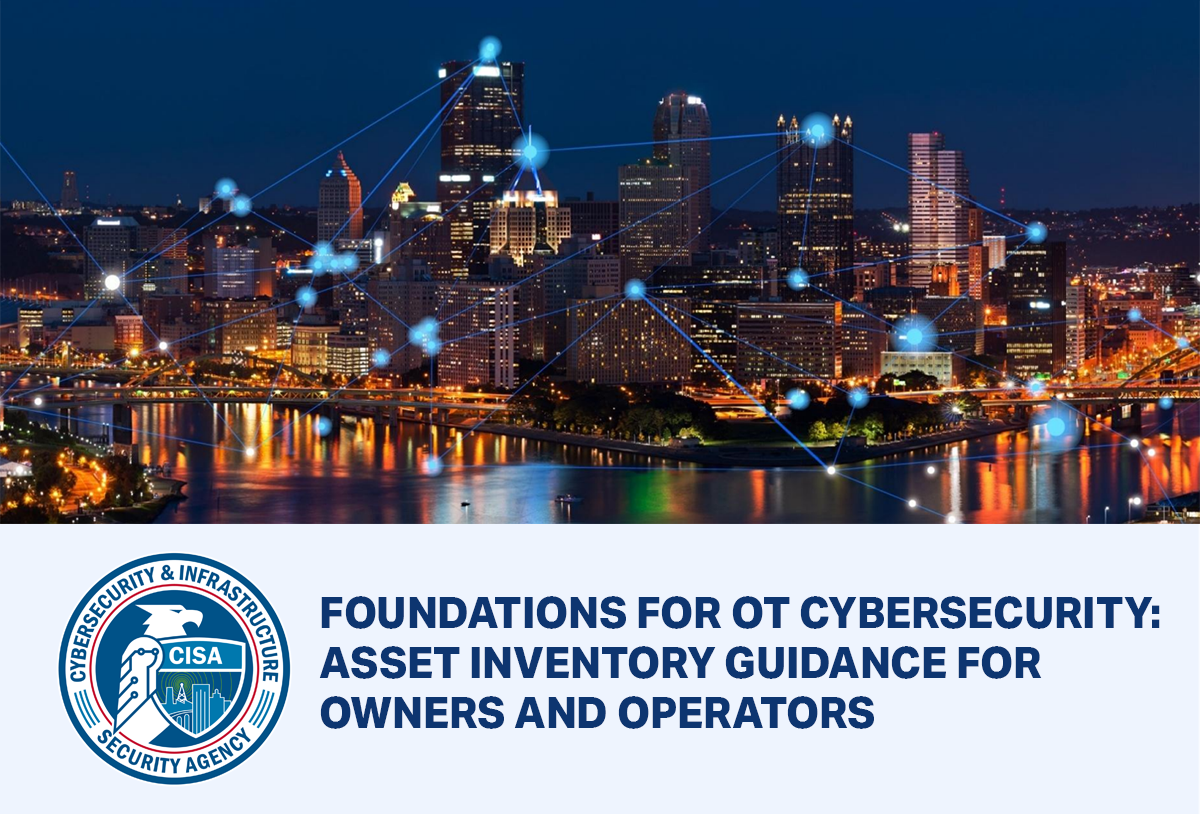Building OT Cybersecurity Resilience: How Cisco Cyber Vision Delivers on CISA’s Asset Inventory Guidance

“You can’t protect what you can’t see.”
That’s the resounding message from the new joint guidance released by CISA and global partners — Foundations for OT Cybersecurity: Asset Inventory Guidance for Owners and Operators. The paper lays out a clear framework: establishing and sustaining an OT asset inventory and taxonomy is the first step in securing critical infrastructure.
At R2 Unified Technologies, we couldn’t agree more. And we believe Cisco Cyber Vision is one of the most effective tools available to help organizations execute this guidance in the real world.
1. Why Asset Inventory Matters in OT
Operational Technology (OT) environments are complex, distributed, and often built on decades of legacy systems that were never designed with cybersecurity in mind.
- Without a clear inventory of assets — devices, controllers, applications, firmware — organizations can’t assess vulnerabilities or implement meaningful risk management.
- A standardized taxonomy ensures assets are classified by function and criticality, so resources and protections can be prioritized effectively.
- This visibility is also foundational to compliance, segmentation, and incident response.
CISA’s guidance emphasizes a multi-step process: define scope → identify assets → collect attributes → create a taxonomy → manage data → maintain lifecycle.
That’s where Cisco Cyber Vision shines.
2. How Cisco Cyber Vision Delivers on CISA’s Framework
1. Automated OT Asset Discovery
Cyber Vision continuously maps all connected assets — from PLCs to HMIs to sensors — without requiring bolt-on appliances or intrusive scanning. It automatically captures attributes like vendor, model, firmware, and communication flows, creating a living, real-time inventory.
2. Taxonomy and Risk Mapping
By classifying assets by type, function, and criticality, Cyber Vision aligns with CISA’s call for a robust taxonomy. It also highlights vulnerabilities and calculates device-level and site-level risk scores, making it easier to prioritize remediation where it matters most.
3. Segmentation and Zero Trust
Cyber Vision integrates tightly with Cisco ISE and Secure Firewall, helping organizations design IEC 62443-aligned zones and conduits. This enables micro-segmentation and adaptive access controls, ensuring OT networks are not flat and vulnerable.
4. Secure Remote Access
With built-in Zero Trust Network Access (ZTNA), Cyber Vision provides least-privilege, auditable remote access for contractors and operators. This directly supports lifecycle management and reduces the attack surface.
5. Convergence of IT and OT Security
Cyber Vision feeds OT context into existing IT tools like SIEMs (Splunk, QRadar), XDR platforms, and SOC workflows. This bridges the IT/OT divide, allowing security analysts to detect and respond faster across domains.
3. Aligning Technology with Guidance
CISA’s guidance is clear: building and maintaining an OT asset inventory isn’t optional — it’s foundational. Cisco Cyber Vision makes it achievable by embedding visibility and security into the network fabric itself.
At R2, our engineering-led approach means we don’t just recommend tools — we design, deploy, and support solutions that align with both cybersecurity best practices and operational realities. For Florida’s local governments, utilities, and enterprises, this alignment is critical as cyber funding models evolve and new risks emerge.
4. Next Steps
If you’re an OT operator, local government agency, or critical infrastructure provider asking:
- How do I start building an OT asset inventory?
- How can I maintain visibility across legacy and modern systems?
- How do I align my OT defenses with CISA’s guidance?
The answer begins with visibility. The answer begins with Cisco Cyber Vision.
- Read the CISA guidance here: Guide Foundations
- Explore how R2 and Cisco can help your organization secure OT: Contact us


